
Cannabis plants are dioecious which means they can be male or female. The bud/flower and extracts people consume comes from female cannabis plants which produce cannabinoid rich trichomes. These trichomes house THCA (the precursor to THC) and other cannabinoids that have physical and mental effects when ingested.
While male plants can produce THC, they are much less potent than females and are not desirable for consumption. Male plants also produce pollen that can cause female plants to create seeds. This is usually not desirable for most growers who are looking to maximize flower yield and potency. Once a female plant is pollinated, it will focus more of its energy and resources to creating those seeds rather than focusing on floral growth and trichome production which will end up affecting your final yield and lowering the potency of your crop.
If you’ve seen some seeds being advertised as “Reg” or “Regular” and others being advertised as “Fem” or “Feminized seeds” then you’ve probably wondered what the distinction is. (Get Fem seeds here)
A regular (reg) seed is made by a natural female cannabis plant being pollinated by a natural male cannabis plant. There is a 50/50 chance for each seed to be female or male from a batch of reg seeds. (Get Reg seeds here)
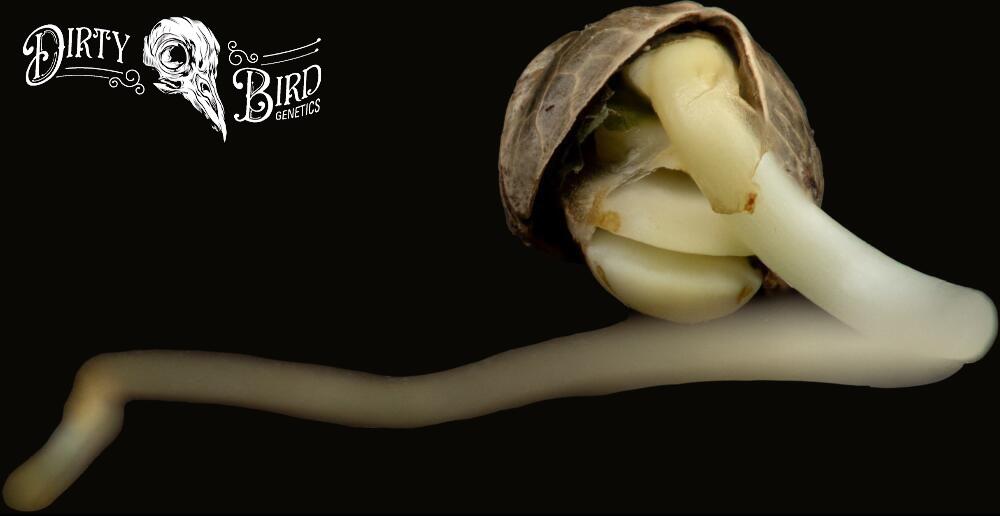

Feminized seeds are made by forcing a female cannabis plant to produce anthers through chemical means or through rodelization. Once a female plant produces anthers it is only capable of passing along X sex chromosomes so almost all the seeds from a batch of “fem” seed will be females.
There is still an approximate 1% chance of chemically feminized seeds producing a male or producing plants with hermaphrodite traits (i.e. having both male and female parts on the same plant). This is because of evolutionary drives in the plant to reproduce which can sometimes overcome the feminization process.
This same concept applies to non-feminized plants as well since hermaphroditism is possible in any cannabis plant. Appropriate horticultural practices and careful breeding to lock in genetic material that produces desirable traits are required to greatly reduce your chances of finding male flowers (anthers) in your female plant.

Female cannabis flowers produce pistils. A pistil is the female reproductive organ of the plant and contains the stigma, style, and ovary. The stigmas are the small white hairs that come out of a female flower and are used by the plant to catch pollen and then transfer it down the style into the ovary where seeds are created.
The presence of these emerging hairs indicate that your plant is a female and, when grown appropriately and depending on genetics, will produce dense, cannabinoid rich flowers. These stigmas will start to form out of bracts that are located at the axils or nodes of the plant. These are the areas where a leaf or new branch is growing out from the main (or apical) stalk of the plant.
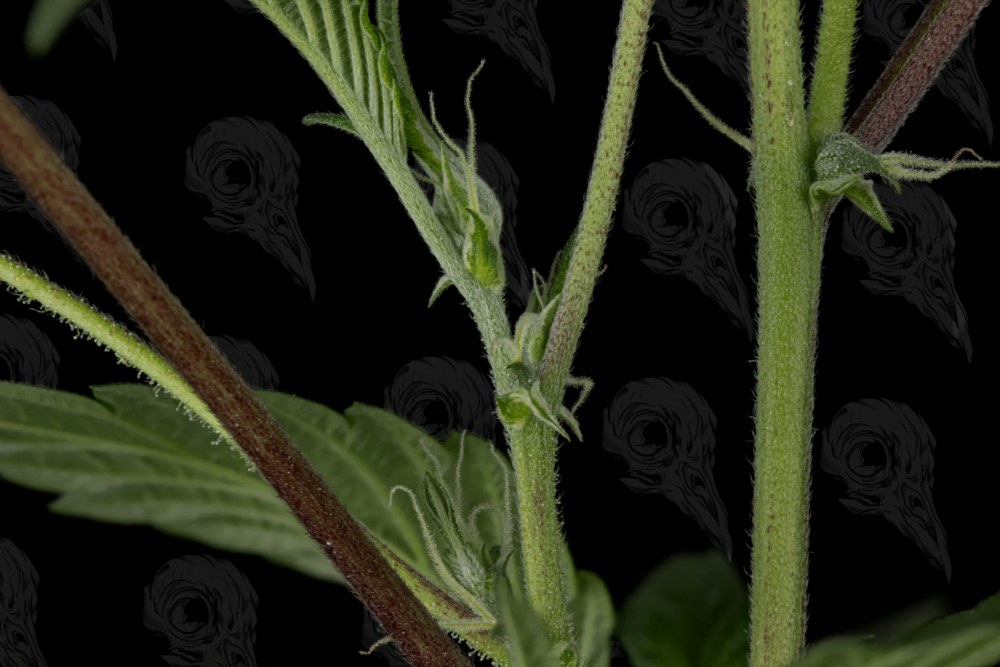
A female cannabis plant showing its slender, white stigmas growing from the bracts

Another female cannabis plant with developing stigmas. The extra-long white hairs are hard to miss!
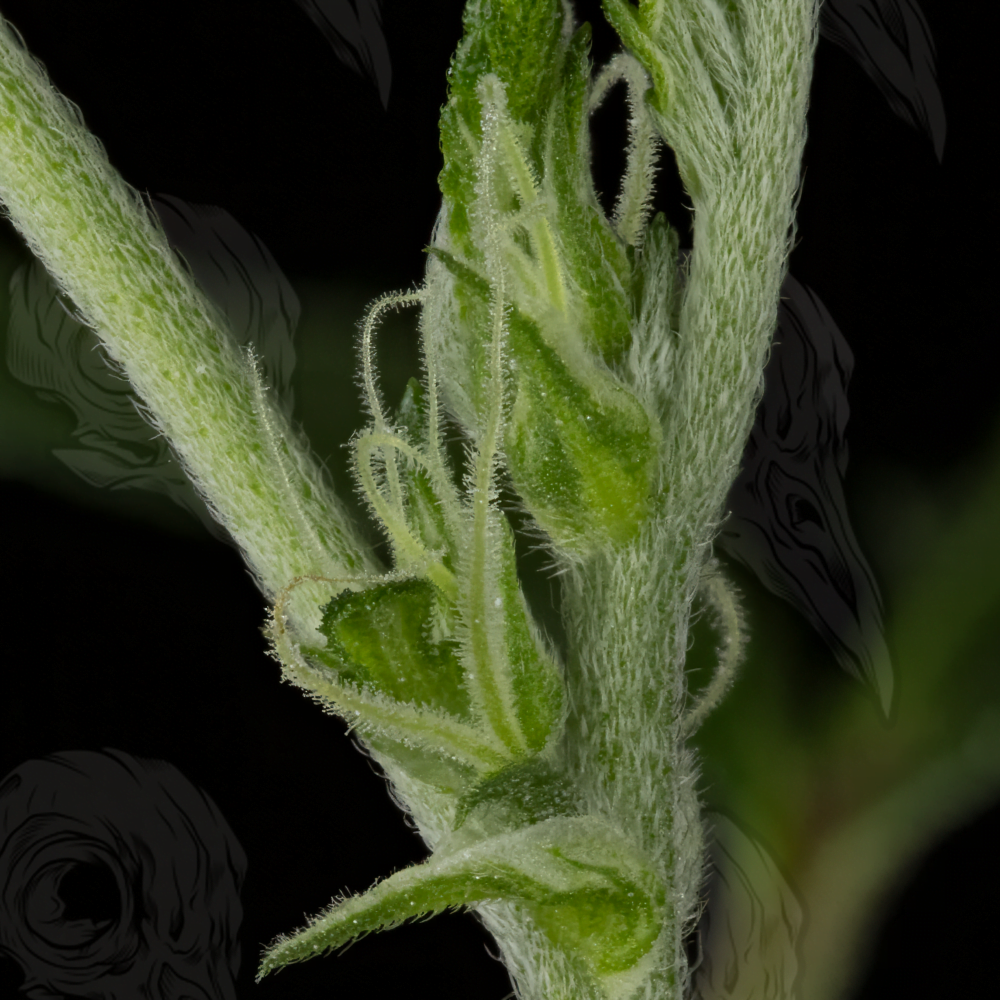
This is a female cannabis plant. Note the long, slender white hairs (stigmas) growing from the green bracts at the node (where the branch diverges from the main stalk)

Male cannabis plants produce stamens which are composed of an anther and a filament. The filament is a cylindrical tube that holds the bulbous, ovoid anther up. The anther is the part of the male cannabis plant that produces pollen. Anthers will grow in the same spots as pistils would on a female cannabis plant but look much different. When first forming, male anthers look like a ball on a stick and then will elongate over time into a banana-like shape. If you see anthers on your plant and no stigmas you can be sure it is a male. If you are growing for flower yield and potency, you will want to remove and discard any males before they pollinate your females.

Anthers forming at the bud sites on this male cannabis plant. These banana or pod-like growths will eventually open and release pollen.
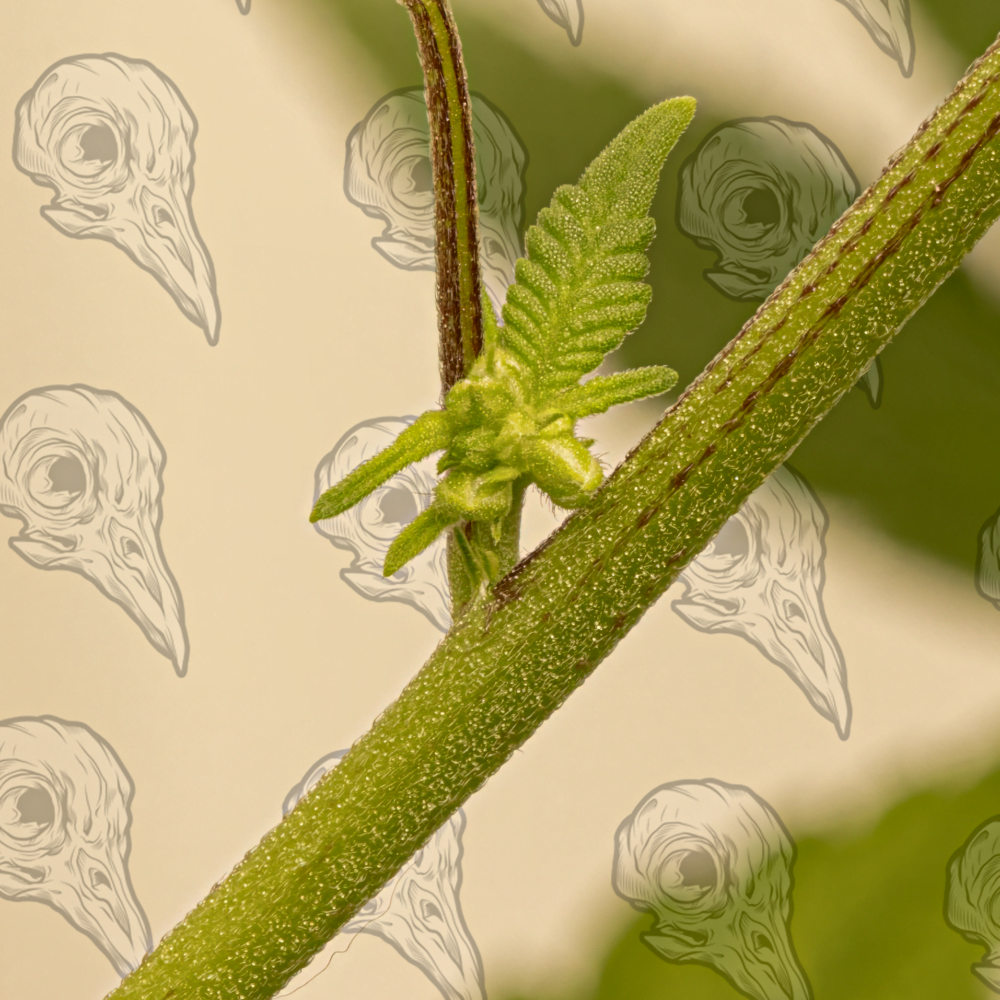
A close up of male anthers. These are also still young but will release pollen if not removed from the room. Unless of course you’re breeding, in which case let them grow!

A male cannabis plant showing mature anthers. (the banana or pod-like appendages). These are getting close to opening and releasing pollen.
Male plants aren’t useless and for some people, they are very important. Some growers keep their males to purposefully produce seed. The creation of many new strains is done this way. Many breeders “hunt” their males to select traits they believe will be beneficial to the next generation just like they would “hunt” (grow out many and select the best from that crop) female plants. They then remove the undesired males from their grow space and allow the chosen male(s) to pollinate a portion of or all their space. Some growers also wish to make seed to save for next year’s crop.

The oldest way of checking to see if your ‘reg’ plants are male or female is to “sex them.” This refers to changing the light they receive to 12 hours of light and 12 hours of darkness to prompt the plant to begin making reproductive organs (i.e. pistils and stamens).
Some people will make this light change occur early in the growth process to see what characteristics the plant will express and then will take any females they want to grow and “re-vegging” them or placing them back into a more light-heavy schedule (18hrs Light/6hrs dark, 20 hours light/ 4 hours darkness, etc.) to cease the promotion of flowering.
This allows the grower to see what sex their plants are and discard any males before continuing to veg out and then bloom the females to get the potent buds at final harvest.

This method has some drawbacks to it, namely the need to re-veg an entire plant or to take cuttings from all the plants you want to flower out, cloning them, and then sexing out the clones. This can be labor intensive and can also stress any female plants out with the switches in light schedule.
The stress endured by the females can translate, in some instances, into those females producing male and female parts when blooming out again for the second time.
This is also not always the most feasible method for outdoor growers who will have much more difficulty in precisely manipulating daily light schedules.
For many people who grow reg seed, they will flower out their entire crop and watch closely to identify and remove any males before any pollen is dropped. This avoids adding stress to all of your plants but also is time intensive and requires vigilance to ensure your crop is not seeded.
Fortunately, with advances in technology there is a fast and simple way to identify plant sex way before they get anywhere near large or old enough for their flowering stage.
Many commercial labs across the U.S. are now offering sex ID testing for as little as $20 per plant. Around 3 weeks after being planted, young plants are able to be tested. All that is usually required is a couple of small hole-punch sized pieces of leaf that is placed in a plastic bag, sealed, and then mailed to a lab for testing. Some labs require an entire fan leaf to determine sex but even this is a small amount of material to gather.
This option allows growers to very quickly determine male from female plants and saves a lot of time and resources from being wasted on any unwanted males.
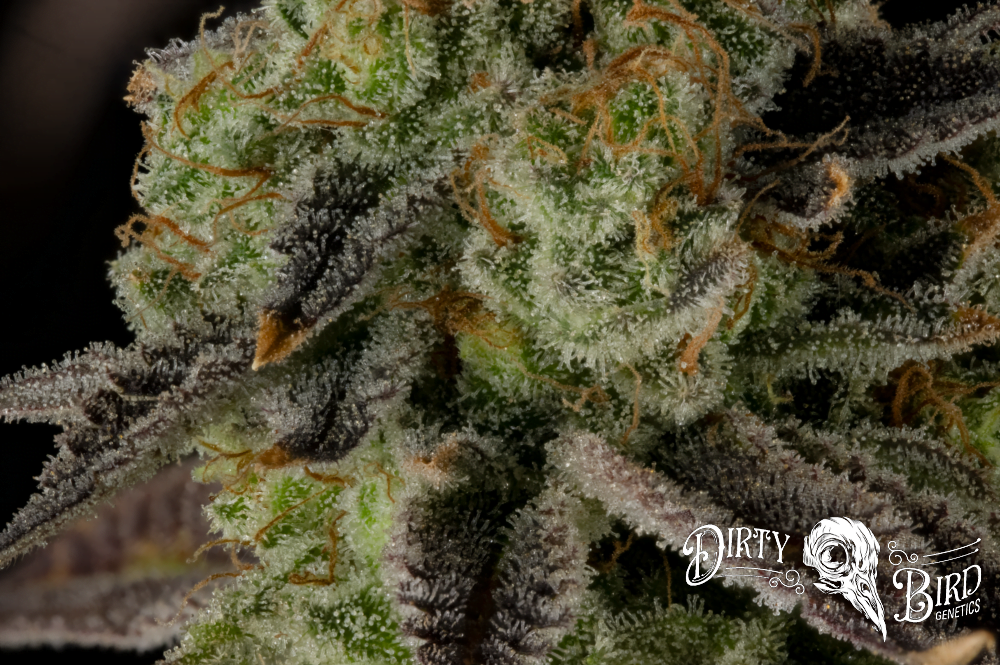
We hope this guide has been helpful in identifying male and female cannabis plants. Remember to always check in on your grow to ensure any unwanted anthers don’t appear or are removed immediately. Happy harvest!
